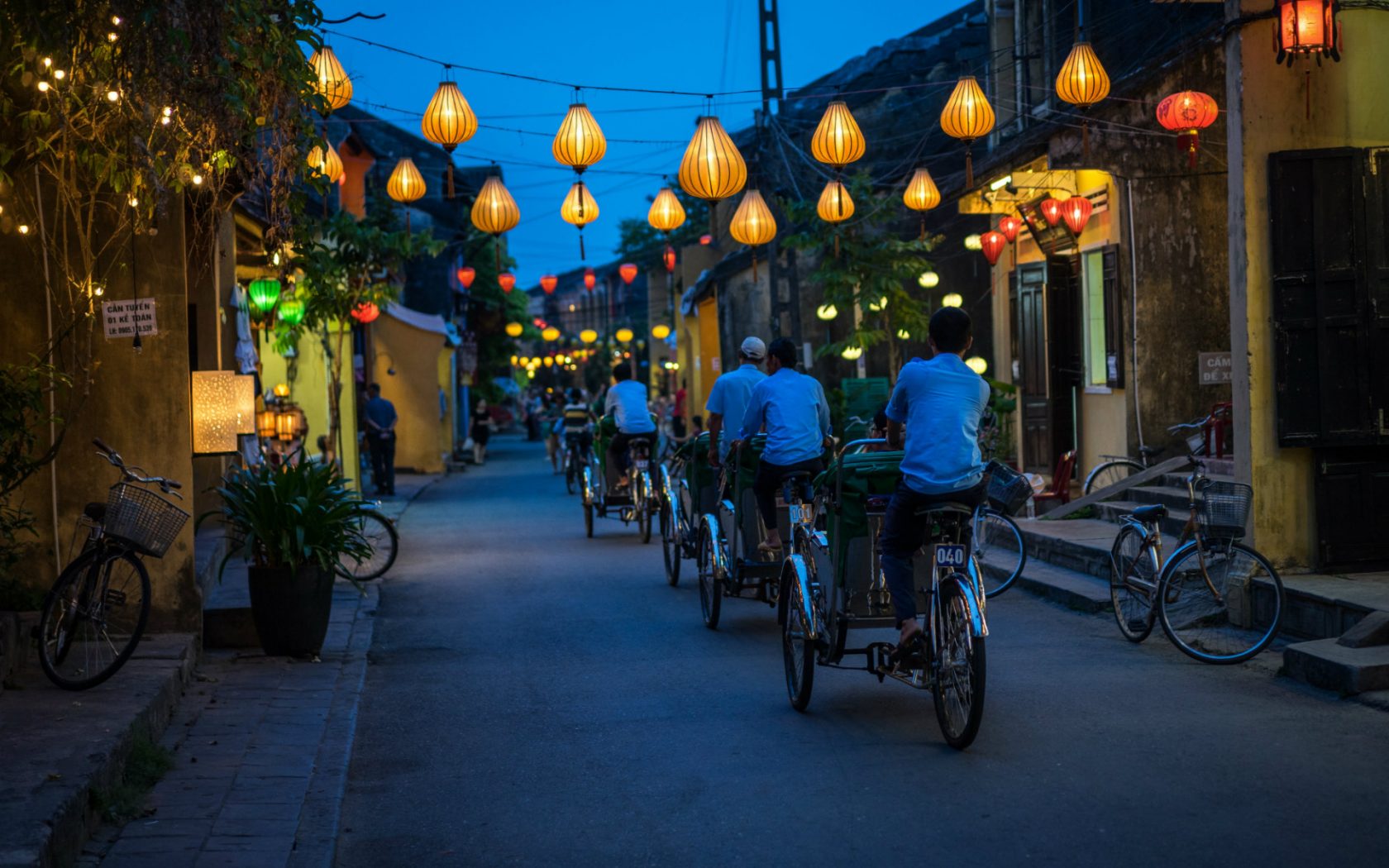
Much of the town’s charisma derives from its downtown architecture. Until the Thu Bon river silted up in the late eighteenth century, Hoi An was an important port, attracting traders from China and beyond, many of whom settled and built wooden-fronted homes, ornate shrines and exuberantly tiled Assembly Halls that are still used by their descendants today. Several of these atmospheric buildings are now open to the public, offering intriguing glimpses into cool, dark interiors filled with imposing furniture, lavishly decorated altars and family memorabilia that have barely been touched since the 1800s. Together with the peeling pastel facades, colonnaded balconies and waterside market, it’s all such a well-preserved blast from the past that UNESCO has designated central Hoi An a World Heritage Site.
The merchant spirit needs no such protection, however: there are now so many shops in this small town that the authorities have imposed a ban on any new openings. Art galleries and antique shops are plentiful, but silk and tailoring are the biggest draws. Hoi An tailors are the best in the country, and for $200 you can walk away with an entire custom-made wardrobe, complete with Armani-inspired suit, silk shirt, hand-crafted leather boots and personalized handbag. And if you’ve really fallen under Hoi An’s spell, you might find yourself also ordering an
ao dai, the tunic and trouser combo worn so elegantly by Vietnamese women.
Hoi An is around 700km south of Hanoi. The nearest airport and train station are in Da Nang, a 30km taxi ride away.
Source: Rough Guides
